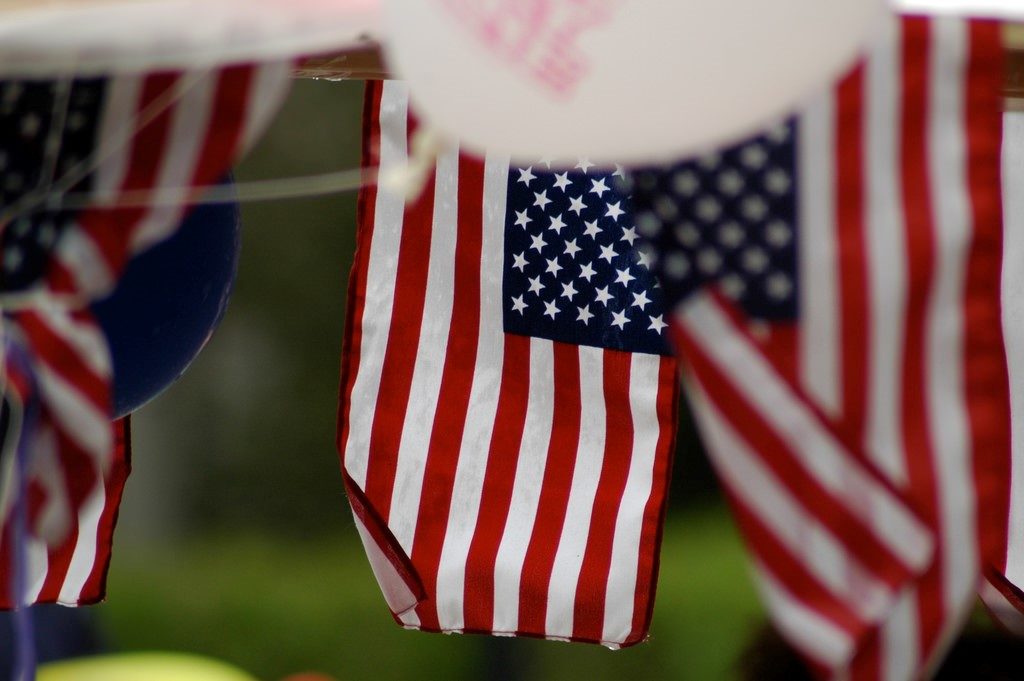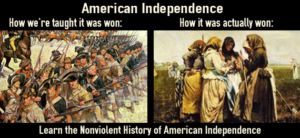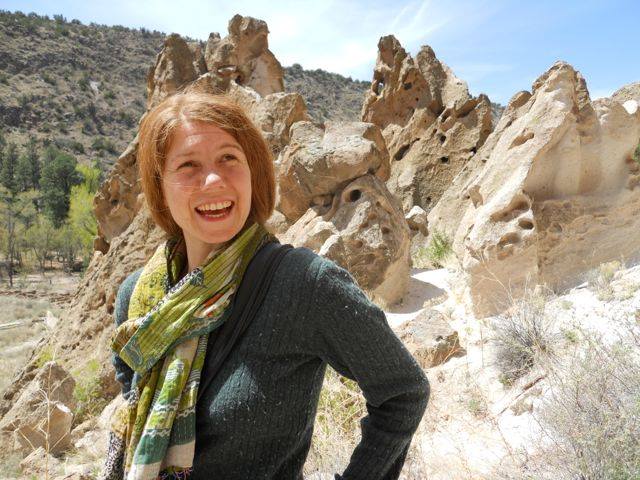
 Independence Day is commemorated with fireworks and flag-waving, gun salutes and military parades . . . however, one of our nation’s founding fathers, John Adams, wrote, “A history of military operations . . . is not a history of the American Revolution.”
Independence Day is commemorated with fireworks and flag-waving, gun salutes and military parades . . . however, one of our nation’s founding fathers, John Adams, wrote, “A history of military operations . . . is not a history of the American Revolution.”
Often minimized in our history books, the tactics of nonviolent action played a powerful role in achieving American Independence from British rule. Benjamin Naimark-Rowse wrote, “the lesson we learn of a democracy forged in the crucible of revolutionary war tends to ignore how a decade of nonviolent resistance before the shot-heard-round-the-world shaped the founding of the United States, strengthened our sense of political identity, and laid the foundation of our democracy.”
One hundred-fifty years before Gandhi, the American colonists employed many of the same nonviolent actions the Indian Self-Rule Movement would later use to free themselves from the same empire – Great Britain. The boycotting of British goods (tea, cloth, and other imported items) significantly undermined British profits from the colonies. Noncooperation with unjust laws eroded British authority as the colonists refused to comply with laws that restricted assembly and speech, allowed the quartering of soldiers in colonists’ homes, and imposed curfews. Non-payment of taxes would prove to be a landmark issue for the independence movement. The development of parallel governments and legal structures strengthened the self-rule and self-reliance of the colonists and grew local political control that would ultimately prove strong enough to replace British governance of the colonies. Acts of protest and persuasion, petitions, pamphlets, rallies, marches, denouncements, legal and illegal publications of articles, and disruption of British meetings and legal proceedings were also employed.
Some of the most powerful boycotts in nonviolent history occurred in the New England colonies against the British Crown. Though the term boycott would not emerge for another hundred years until the Irish coined it during tenant and land struggles, what the colonists called “nonimportation programs” dropped British revenue in New England by 88 percent between 1774 and 1775. In the Carolinas, colonists deprived the Crown of 98.7 percent of import revenue. Moreover, in Virginia and Maryland, the rate reached an impressive 99.6 percent participation.
Resistance to the Stamp Act of 1764 thru 1775 dropped revenues 95 percent below what was expected. The British could not even pay for the cost of enforcing the Stamp Act throughout the colonies, and it was repealed in 1766. Newspapers published without paying the Stamp Tax used noms de plume to avoid reprisal. Courts closed because lawyers and judges refused to pay the Stamp Act for the printing of court documents. Shipping permits were supposed to be stamped, and, since merchants and shippers refused to pay the tax, ports closed, and even official documents were not delivered! Merchants of New York, Boston, and Philadelphia pledged a nonimportation pact until the Stamp Act was repealed. Six months later (at a time when crossing the Atlantic by sail took at least six weeks, and sometimes as long as three months), the Crown repealed the Stamp Act under pressure from its own panicked merchants.
In a campaign that is strikingly familiar to Gandhi’s spinning campaign, the American boycott of imported British cloth held spin-ins, whereby young women gathered in large groups to spin homespun yarn for weaving cloth. Colonists even stopped wearing the traditional funeral black (which mirrored English style) in protest of Great Britain. Women played significant roles in all the nonimportation programs, especially the resistance to the notorious Tea Act. While everyone remembers the Boston Tea Party’s dumping of tea into the Boston Harbor, few Americans have heard about Susan Boudinot. She was the nine-year-old daughter of a New Jersey patriot, who, when handed a cup of tea while visiting the governor, curtsied, raised the cup to her lips, and then tossed the tea out the window.
These are just some of the many nonviolent actions engaged in by Americans in their struggle for independence. Some scholars even go so far as to call the Revolutionary War, the “War of Reclamation,” for the revolution had already been won in the hearts, minds, homes, and practices of the people by the time the British Crown sought to reclaim the independent and self-governing colonies. This Independence Day, tell the stories of the role nonviolent action played in establishing the United States. Perhaps by next year, we will be participating in re-enactments of spin-ins, holding mock funerals for Lady Liberty, and engaging in boycotts of imported goods to commemorate how American Independence was actually won.
______________________________________

Rivera Sun is a change-maker, a cultural creative, a protest novelist, and an advocate for nonviolence and social justice. She’s a love-based revolutionary and the author of The Dandelion Insurrection, The Way Between and ten other fiction, non-fiction and poetry books. Her essays and writings are syndicated by Peace Voice, and have appeared in over a hundred journals nationwide. Rivera Sun speaks and facilitates workshops in strategy for nonviolent change across the country and around the world. She connects the dots between the issues, shares solutionary ideas, and inspires people to step up to the challenge of being a part of the story of change in our times. www.riverasun.com
Learn more: The Founding Myth of the United States of America by Benjamin Naimark-Rowse
American Colonials Struggle Against British Empire on the Global Nonviolent Action Database http://nvdatabase.swarthmore.edu/content/american-colonials-struggle-against-british-empire-1765-1775
Resistance Politics and the American Struggle for Independence by Walter H. Conser, Jr. and others http://elsa.sabath.net/files/2011/05/Resistance-Politics-and-the-American-Struggle-for-Independence.pdf
Recovering Nonviolent History edited by Maciej J. Bartkowski, chapter by Walter H. Conser, Jr. http://recoveringnonviolenthistory.org/
Photo Credit: “Fourth of July Parade” by Jeff Kubina, Attribution-ShareAlike 2.0 Generic (CC BY-SA 2.0) https://www.flickr.com/photos/kubina/721502355
Ted Voth Jr
says:Thanks for this…
Chris Brown
says:Thanks for writing this. These were important stories shared in the nonviolence trainings organized by the American Peace Test in the mid-late eighties. Good to see them shared in an article.
Eve Allinger
says:Great article!